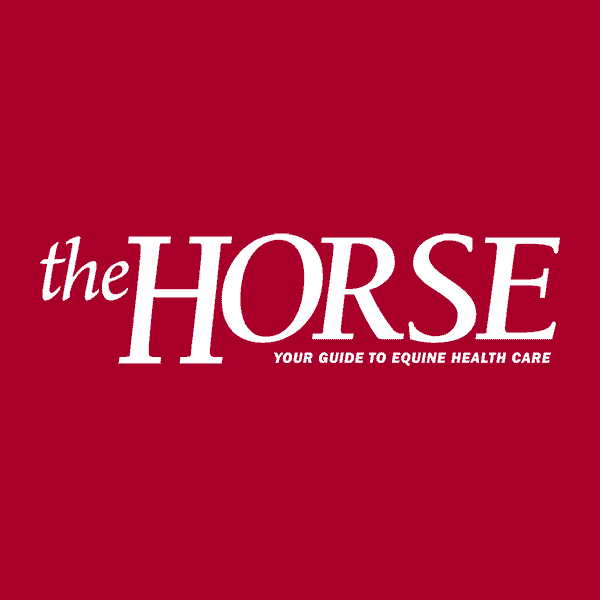TheHorse.com’s Top Articles of 2017
- Topics: Abscesses, Anatomy & Physiology, Article, Back and Spine, Behavior, Behavior & Handling, Colic, Conformation Problems, Digestive Tract Problems, Diseases and Conditions, Hoof Care, Hoof Problems, Horse Care, Injuries & Wounds, Laminitis (Founder), Musculoskeletal System, Nutrition, Nutrition Basics, Water & Electrolytes, Wound Management
With 2017 coming to a close and a new year of horse health news and articles ahead, The Horse’s team took a few moments to tally the 10 articles that received the most views this year. Covering a variety of topics related to horse health, the following articles (including some perpetually popular ones) received the most views over the past year. Did your favorites make the list?
10 Early Warning Signs of Laminitis
It’s a painful condition that veterinarians, farriers, and horse owners have been racking their brains about for decades. Laminitis—the separation or failure of laminae, which connect the hoof wall to the coffin bone within—can cause permanent structural changes in a horse’s foot. To help you catch this devastating hoof disease while your horse still has a chance to avoid suffering its consequences, our sources have helped us come up with a list of 10 early warning signs. Regardless of the type of case (-supporting-limb, systemic inflammatory response syndrome, or endocrine disease-related), these red flags could indicate laminitis is setting in—even before you see any signs of lameness.
How Much Does a Horse Cost?
It has often been said that owning a horse is akin to digging a deep hole in the backyard and throwing in large sums of money, never to be seen again. Horse-crazy people, however, might say, "So what? What does it matter how much it costs as long as I have my horse?" Let’s take a look at what it really costs to own a horse besides the initial purchase price.
Hoof Abscesses in Horses
Yesterday your horse was perfectly sound, but today he won’t touch one foot to the ground. There’s no apparent injury or sign of a problem in his leg or hoof other than the sudden, severe lameness. What could have happened? One strong possibility for the cause of this scenario is a hoof abscess. The good news is that abscesses can often be resolved quickly and easily with proper veterinary care and leave no lasting damage. Even better, they can usually be prevented by practicing good routine hoof care and management
Create a free account with TheHorse.com to view this content.
TheHorse.com is home to thousands of free articles about horse health care. In order to access some of our exclusive free content, you must be signed into TheHorse.com.
Start your free account today!
Already have an account?
and continue reading.

Written by:
The Horse Staff
Related Articles
Stay on top of the most recent Horse Health news with















